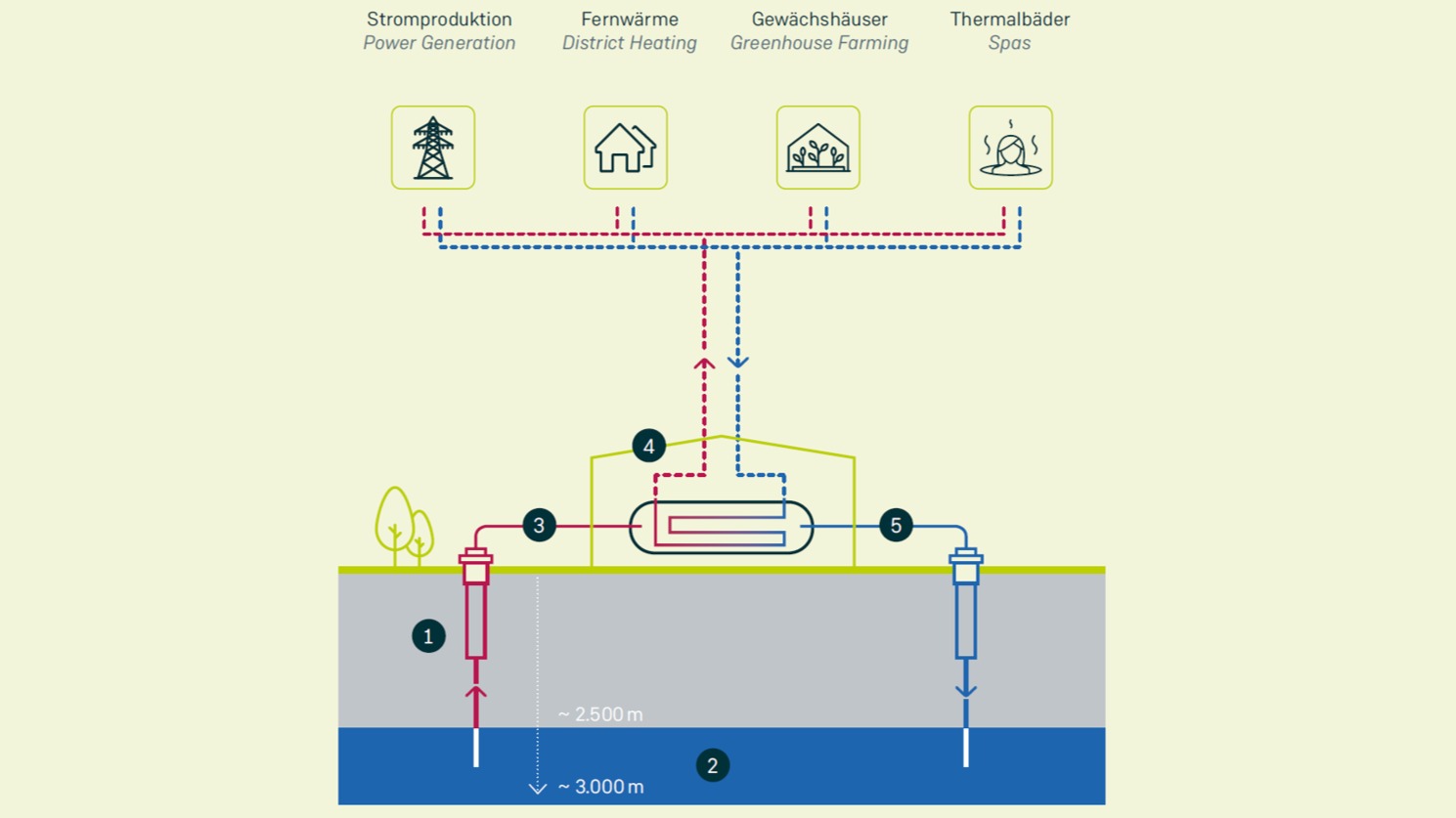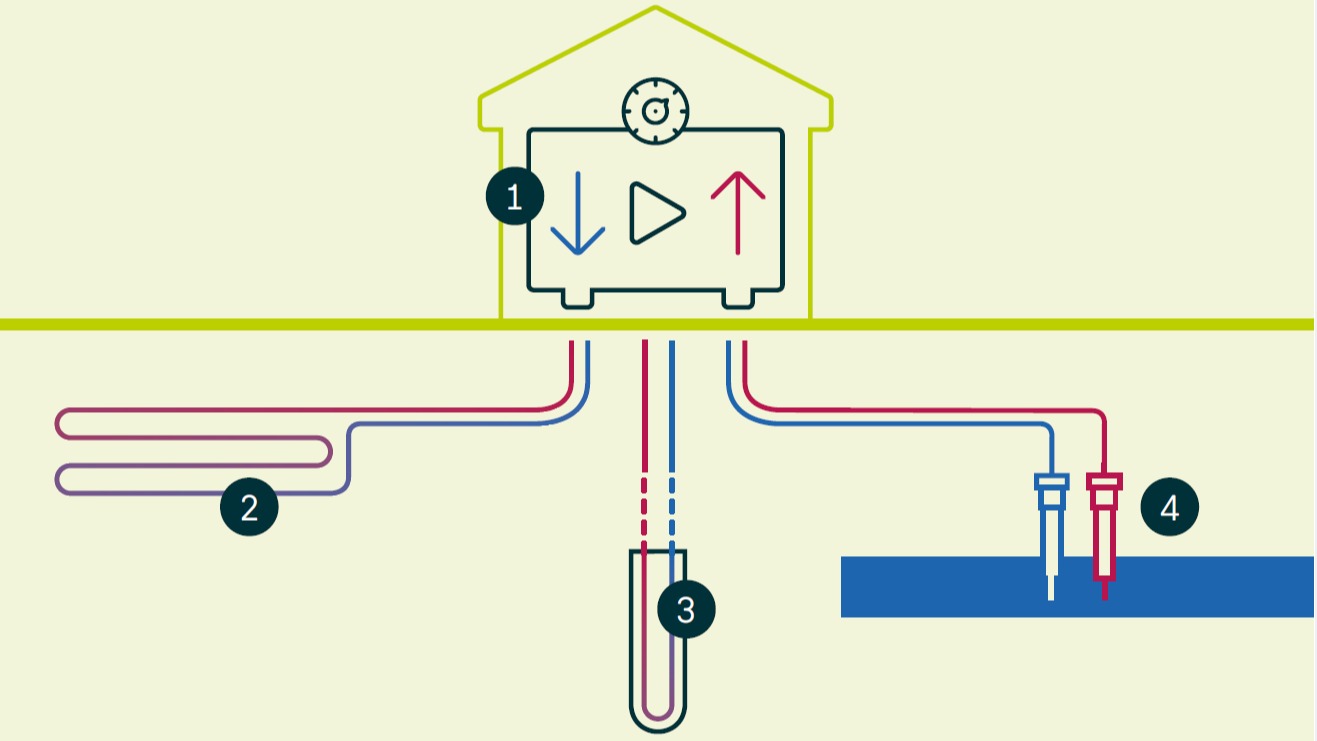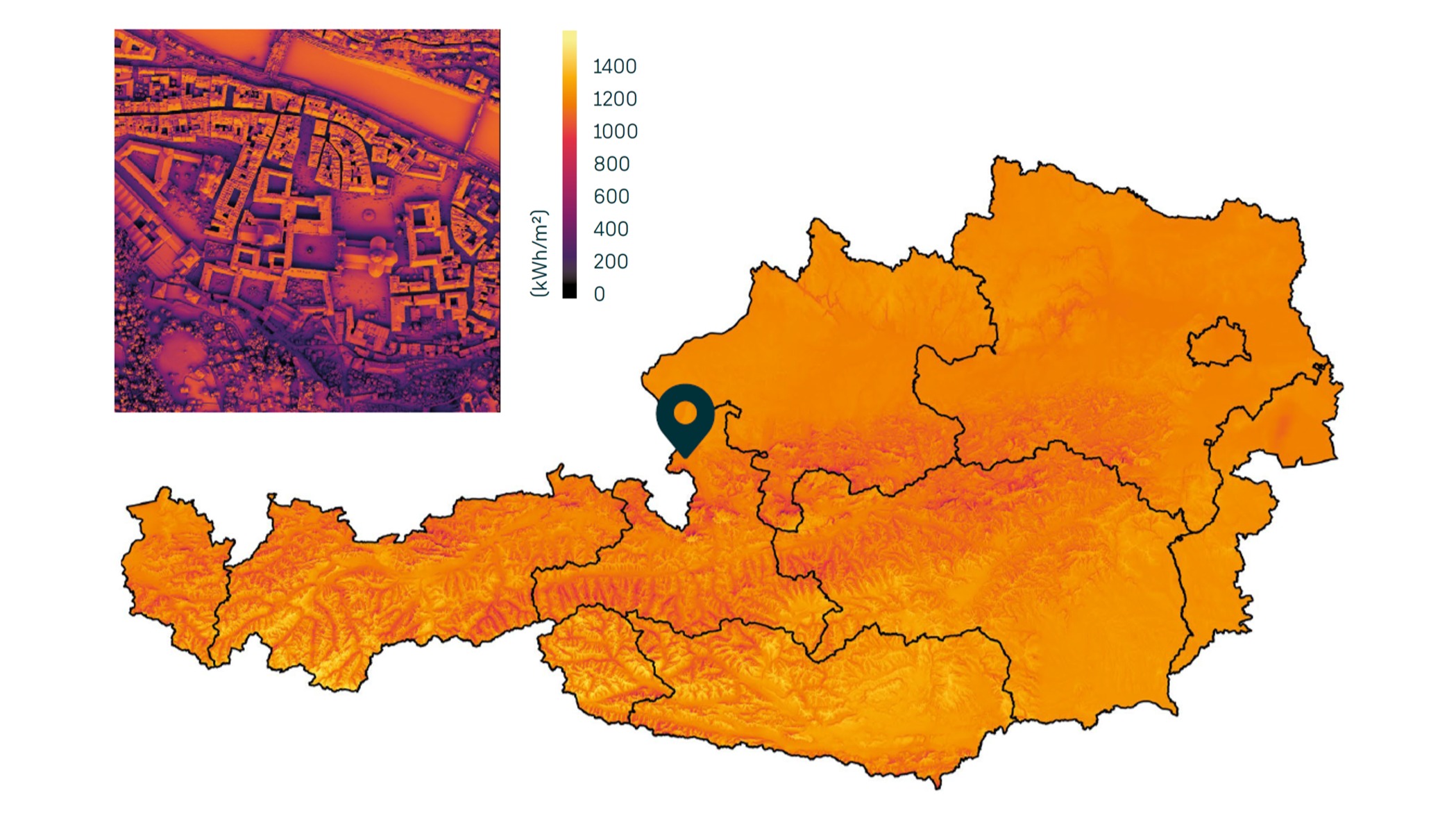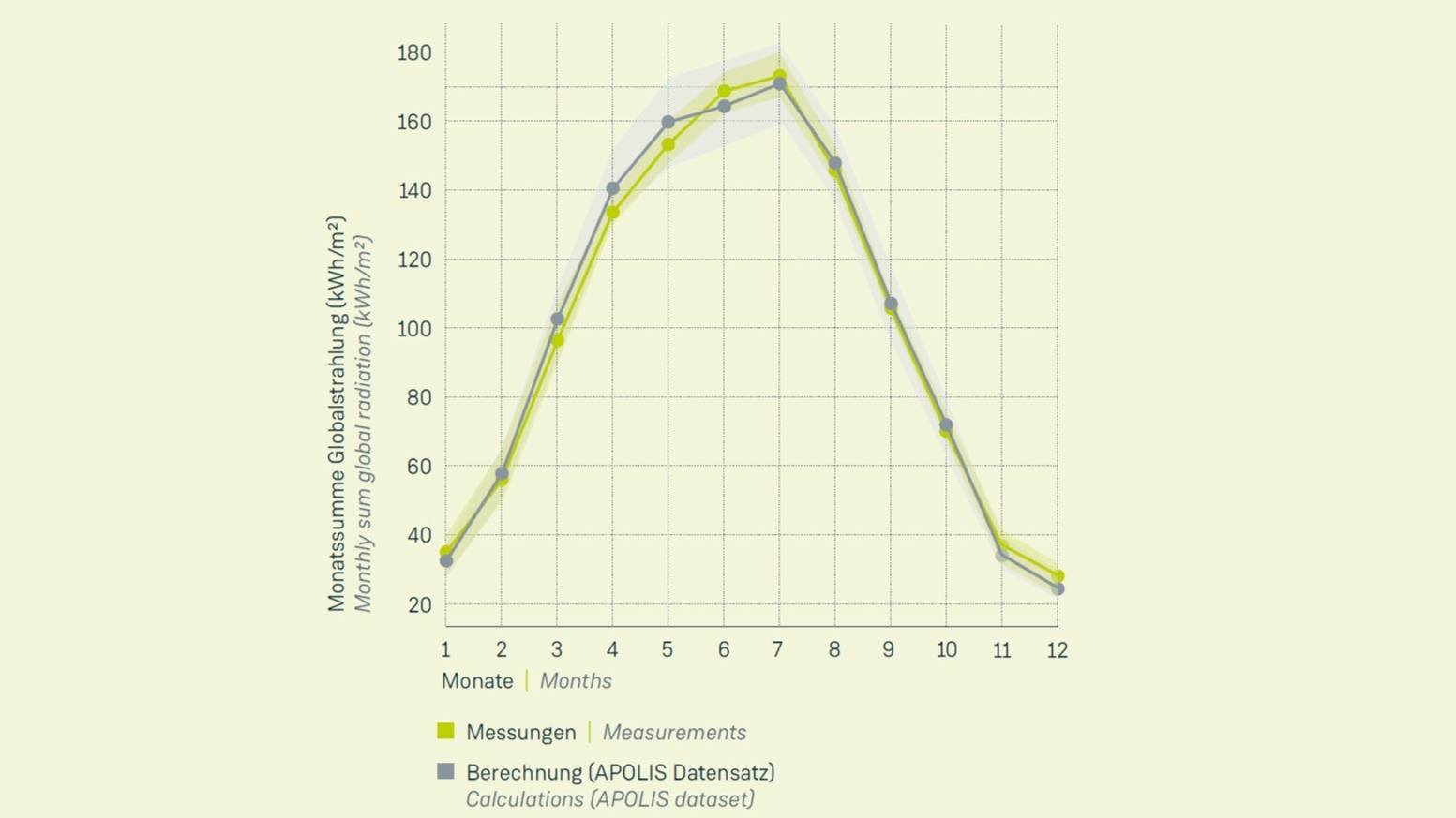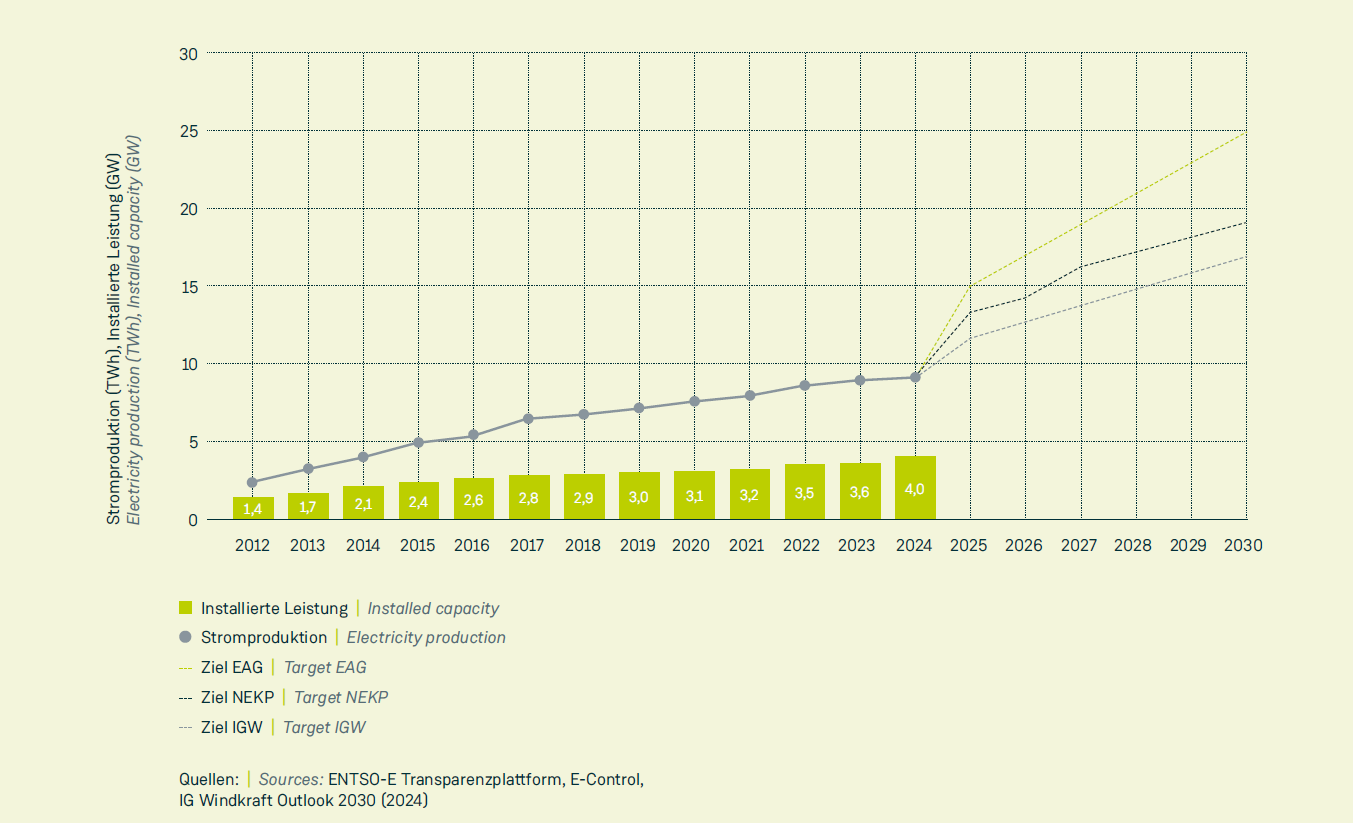Renewable Energies
Geothermal energy, Solar energy and Wind power are essential components of the path to a climate-neutral future as renewable energy sources.
The expansion of the use of renewable energy sources in Austria is steadily progressing. Currently, wind power is the second most important source of electricity generation from renewables, following hydropower. Similarly, the installed production capacity from photovoltaic systems is rapidly increasing, supported by regulatory frameworks such as the Renewable Energy Expansion Act (EAG). According to this act, national electricity consumption should be fully covered by renewable energy sources by 2030. Additionally, solar thermal energy can make a significant contribution to a future CO₂-neutral heating supply, thereby reducing dependence on energy imports. Especially concerning the energy transition in the heating sector and the shift from fossil fuels to renewables, local sources such as geothermal energy play a crucial role. Alongside wind and solar energy, geothermal energy is the only renewable energy form that offers continuous, baseload availability, independent of weather conditions, climate change and seasonal fluctuations. Besides the significant number of facilities already in operation, geothermal energy will be an indispensable component for sustainable, emission-free heating in Austria in the future.
Through decades of collaboration with national and international research and industry partners, GeoSphere Austria has acquired interdisciplinary expertise and solid, industry level knowledge in the fields of geothermal energy, solar energy and wind power.
GeoSphere Austria has extensive expertise in assessing the potential for both open and closed loop geothermal energy systems, developed through customer projects and participation in national and international research projects. This includes shallow geothermal (0–300 m depth), as well as deep geothermal energy systems (more than 300 m depth). As the largest national data and competence centre in the field of geosciences in Austria, a wide range of geological, geophysical and hydrochemical data can be referenced for addressing various issues. These data have been collected all across Austria over the past decades or provided by the industry. If needed, GeoSphere Austria also collects additional measurements such as thermal conductivity, groundwater temperature, rock porosity, and rock permeability in the relevant study areas. This allows for the best possible insights, which are used for management strategies in municipal heating planning. All existing and newly obtained data are integrated into three-dimensional models for the simulation of heat transport processes in the subsurface.
GeoSphere Austria possesses extensive grid datasets on solar radiation in Austria, which are updated daily and made available online via a data portal for civil engineering offices with technical expertise. These datasets take into account atmospheric effects as well as shading from terrain objects. The relevant high-resolution model products also consider the influence of surrounding buildings and trees, as well as the inclination and orientation of surfaces (e.g., rooftops). These radiation products are essential foundations for the efficient planning of solar energy systems in various dimensions.
With solid expertise in climate research, analysis, and model development, GeoSphere Austria is currently working on forecasts for expected wind power potential and site suitability in the Alpine region to assist users in their long-term planning. For wind energy utilisation, predictions of wind speeds and power production are highly relevant. Power forecasts for the coming hours or days serve as a basis for short-term trading on the electricity market and ensuring grid stability. This can be supported by the use of in-house infrastructure such as supercomputers and extensive measurement data records, which serve as the basis for scientific forecast models. Post-processing methods using artificial intelligence (AI) are used to optimise these forecast results.
GeoSphere Austria primarily provides information on the available usage potentials for geothermal energy, solar energy and wind power on regional and supra-regional levels (municipalities, districts, federal states and nationwide). These assessments are available to energy suppliers and the public in form of maps, feasibility studies, simulations and models of the atmosphere and subsurface. The results of these calculations are also increasingly processed in low-threshold, web-based mapping services to allow location-based queries, although they do not replace detailed planning for energy use by a specialised, civil engineering company. If needed, specific construction sites for planned energy production facilities can be evaluated for utility companies on a case-by-case basis.

